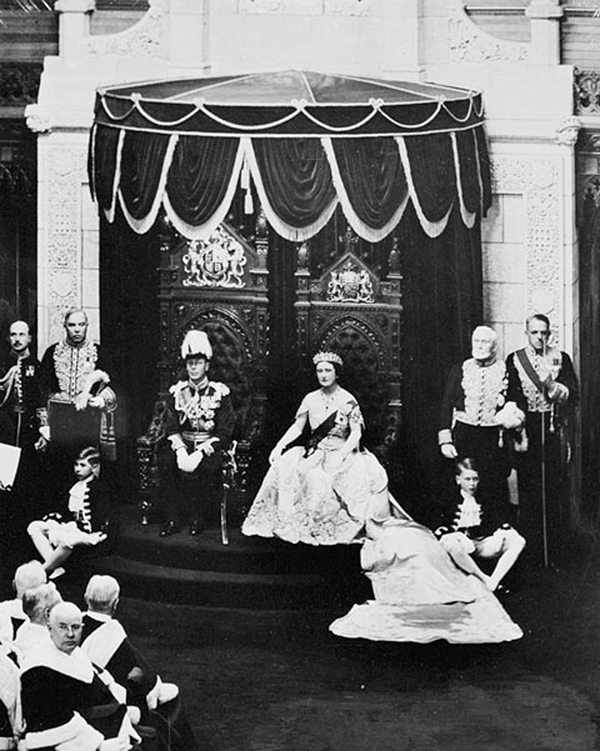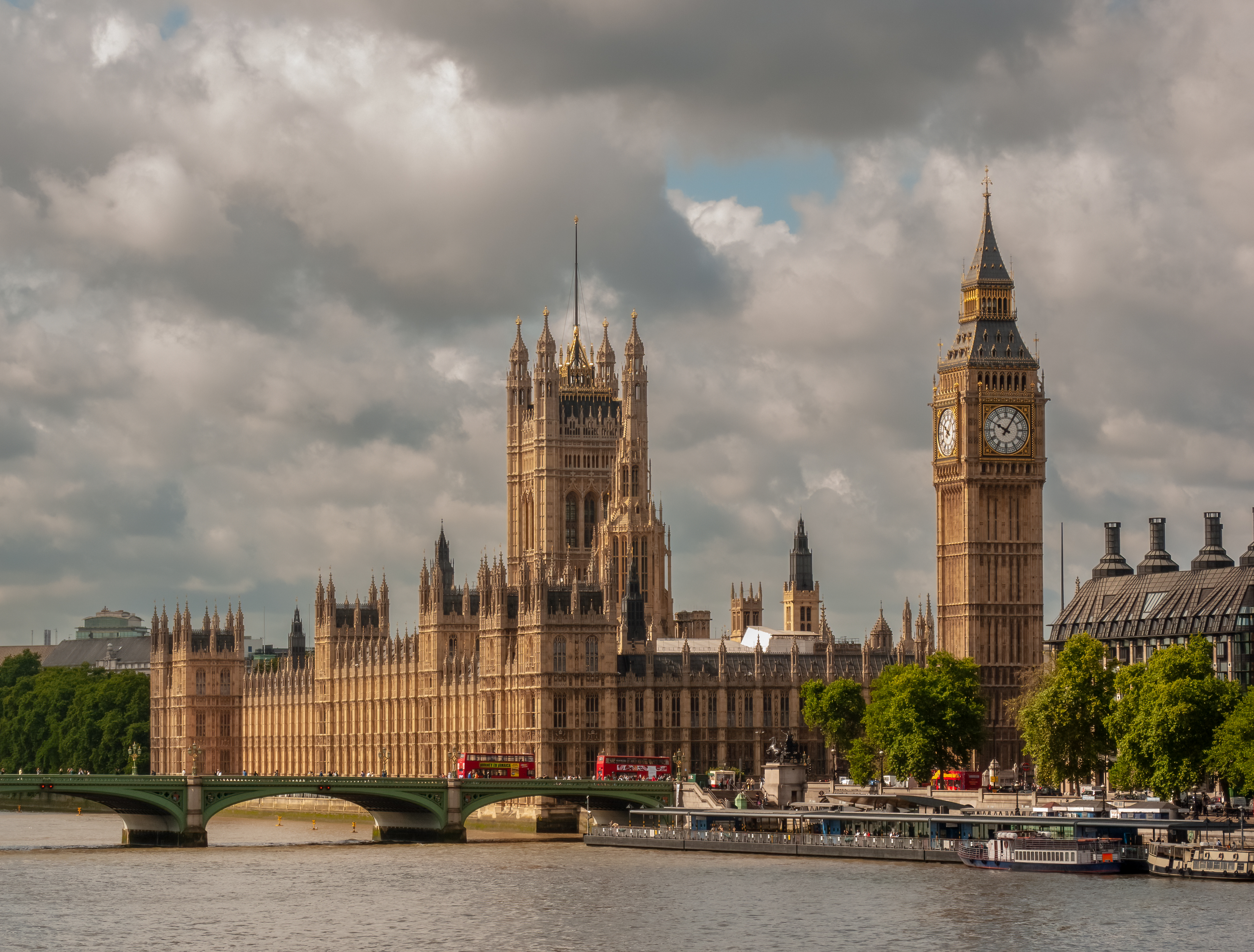|
Governors Of Victoria (Australia)
The governor of Victoria is the representative of the monarch, currently King Charles III, in the Australian state of Victoria. The governor is appointed by the monarch on the advice of the premier of Victoria. The governor's role is to represent the monarch. This role mainly includes performing ceremonial functions, such as opening and dissolving parliament, appointing the cabinet and granting royal assent. The governor's office and official residence is Government House next to the Royal Botanic Gardens and surrounded by Kings Domain in Melbourne. The current governor of Victoria is Margaret Gardner, who succeeded Linda Dessau in August 2023. Powers In accordance with the conventions of the Westminster system of parliamentary government, the governor nearly always acts solely on the advice of the head of the elected government, the premier of Victoria. Nevertheless, the governor retains the reserve powers of the Crown, and has the right to dismiss the premier. Role of g ... [...More Info...] [...Related Items...] OR: [Wikipedia] [Google] [Baidu] |
Margaret Gardner
Margaret Elaine Gardner (born 19 January 1954) is an Australian academic, economist and university executive serving as the 30th and current governor of Victoria since August 2023. She was previously the vice-chancellor of Monash University from 2014 to 2023 and the president and vice-chancellor of RMIT University from 2005 to 2014. Education Gardner earned a Bachelor of Economics degree with first class honours from the University of Sydney and later a PhD with a thesis on Australian industrial relations. After her PhD, Gardner received a Fulbright scholarship and studied at the University of California, Berkeley, the Massachusetts Institute of Technology and Cornell University.Professor Margaret Gardner, AO - |
Royal Assent
Royal assent is the method by which a monarch formally approves an act of the legislature, either directly or through an official acting on the monarch's behalf. In some jurisdictions, royal assent is equivalent to promulgation, while in others that is a separate step. Under a modern constitutional monarchy, royal assent is considered little more than a formality. Even in nations such as the United Kingdom, Norway, the Netherlands, Liechtenstein and Monaco which still, in theory, permit their monarch to withhold assent to laws, the monarch almost never does so, except in a dire political emergency or on advice of government. While the power to veto by withholding royal assent was once exercised often by European monarchs, such an occurrence has been very rare since the eighteenth century. Royal assent is typically associated with elaborate ceremony. In the United Kingdom the Sovereign may appear personally in the House of Lords or may appoint Lords Commissioners, who anno ... [...More Info...] [...Related Items...] OR: [Wikipedia] [Google] [Baidu] |
Council For The Order Of Australia
The Council for the Order of Australia is the body responsible for recommending new appointments within the Order of Australia. It was established by letters patent issued by Queen Elizabeth II on the advice of Prime Minister Gough Whitlam on 14 February 1975.Constitution of the Order of Australia - Federal Register of Legislation The of the day appoints the Council chair, and seven "community representatives", while each state and territory appoints a representative. In addition, there are three other ''ex officio'' members. Council members [...More Info...] [...Related Items...] OR: [Wikipedia] [Google] [Baidu] |
Governors Of The Australian States
Each Australian States of Australia, state has a governor to represent monarchy of Australia, Australia's monarch within it. The governors are the nominal chief executives of the states, performing the same constitutional and ceremonial functions at the state level as does the governor-general of Australia at the national or federal level. In practice, with notable exceptions the governors are generally required by Constitutional convention (political custom), convention to act on the advice (constitutional), advice of the Premiers of the Australian states, state premiers or the other members of a state's cabinet. Australia's state governors are not subject to the constitutional authority of the governor-general, but are direct representatives of the monarch. This means, for example, that the governor-general may not issue pardons or commutations of sentence for any state offences, or issue any state honours. Origins The office of governor ("governor in chief" was an early t ... [...More Info...] [...Related Items...] OR: [Wikipedia] [Google] [Baidu] |
Union Jack
The Union Jack or Union Flag is the ''de facto'' national flag of the United Kingdom. The Union Jack was also used as the official flag of several British colonies and dominions before they adopted their own national flags. It is sometimes asserted that the term ''Union Jack'' properly refers only to naval usage, but this assertion was dismissed by the Flag Institute in 2013 after historical investigations. The origins of the earlier flag of Great Britain date from 1606. James VI and I, King James VI of Scotland had inherited the English and Irish thrones in 1603 as James I, thereby Union of the Crowns, uniting the crowns of Kingdom of England, England, Kingdom of Scotland, Scotland, and Kingdom of Ireland, Ireland in a personal union, although Scotland and England remained separate states until the Treaty of Union took effect in 1707. On 12 April 1606, a new flag to represent the regal union between these two nations was specified in a royal decree, according to which the fla ... [...More Info...] [...Related Items...] OR: [Wikipedia] [Google] [Baidu] |
Flag Of Victoria (Australia)
The state flag of Victoria is a British Blue Ensign defaced by the state badge of Victoria in the fly. The badge is the Southern Cross surmounted by an imperial crown, which is currently the St Edward's Crown. The stars of the Southern Cross are white and range from five to eight points with each star having one point pointing to the top of the flag. The flag dates from 1870, with minor variations, the last of which was in 1901. It is the only Australian state flag not to feature the state badge on a round disc. History 1844 separation flag In 1844, John Harrison, the father of H. C. A. Harrison, designed a flag for the Separation Society, an organisation advocating for the separation of the Port Phillip District (present-day Victoria) from the Colony of New South Wales. The flag, featuring "a white star centred on a crimson ground", was flown at a large open-air meeting on Batman's Hill in June 1844. It was described more fully in the '' Port Phillip Gazette'': Harrison ... [...More Info...] [...Related Items...] OR: [Wikipedia] [Google] [Baidu] |
Viceroy
A viceroy () is an official who reigns over a polity in the name of and as the representative of the monarch of the territory. The term derives from the Latin prefix ''vice-'', meaning "in the place of" and the Anglo-Norman ''roy'' (Old French ''roi'', ''roy''), meaning "king". This denotes the position as one who acts on behalf of a king or monarch. A viceroy's territory may be called a viceroyalty, though this term is not always applied. The adjective form is ''viceregal'', less often ''viceroyal''. The term ''vicereine'' is sometimes used to indicate a female viceroy '' suo jure'', although ''viceroy'' can serve as a gender-neutral term. Vicereine is more commonly used to indicate a viceroy's wife, known as the ''viceregal consort''. The term has occasionally been applied to the governors-general of the Commonwealth realms, who are ''viceregal'' representatives of the monarch. The position of a viceroy is by royal appointment rather than a noble rank. An individual vicer ... [...More Info...] [...Related Items...] OR: [Wikipedia] [Google] [Baidu] |
Australia Act 1986
The ''Australia Act 1986'' is the short title of each of a pair of separate but related pieces of legislation: one an act of the Parliament of Australia, the other an act of the Parliament of the United Kingdom. In Australia they are referred to, respectively, as the ''Australia Act 1986'' (Cth) and the ''Australia Act 1986'' (UK). These nearly identical Acts were passed by the two parliaments, because of uncertainty as to whether the Commonwealth Parliament alone had the ultimate authority to do so. They were enacted using legislative powers conferred by enabling acts passed by the parliaments of every Australian state. The acts came into effect simultaneously, on 3 March 1986. According to the long title of the Australian act, its purpose was "to bring constitutional arrangements affecting the Commonwealth and the States into conformity with the status of the Commonwealth of Australia as a sovereign, independent and federal nation". The Australia Act (Cth and UK) elimin ... [...More Info...] [...Related Items...] OR: [Wikipedia] [Google] [Baidu] |
Monarch Of Australia
The monarchy of Australia is a key component of Australia's form of government, by which a hereditary monarch serves as the country's sovereign and head of state. It is a constitutional monarchy, modelled on the Westminster system of parliamentary democracy, while incorporating features unique to the constitution of Australia. The present monarch is King Charles III, who has reigned since 8 September 2022. The monarch is represented at the federal level by the governor-general (currently Samantha Mostyn), in accordance with the Australian constitution s 2 and letters patent from his mother and predecessor, Queen Elizabeth II. Similarly, in each of the Australian states the monarch is represented by a governor (assisted by a lieutenant-governor; generally the chief justice of the state's supreme court), according to the '' Australia Act'' and respective letters-patent and state constitutions. The monarch appoints the governor-general on the advice of the prime minister an ... [...More Info...] [...Related Items...] OR: [Wikipedia] [Google] [Baidu] |
Reserve Powers
Reserve or reserves may refer to: Places * Reserve, Kansas, a US city * Reserve, Louisiana, a census-designated place in St. John the Baptist Parish * Reserve, Montana, a census-designated place in Sheridan County * Reserve, New Mexico, a US village * Reserve, Wisconsin, a census-designated place in the town of Couderay * Reserve Mines, a community in Cape Breton Regional Municipality, Nova Scotia, Canada Auctions * Auction reserve, a minimum amount of money bid required for a sale, e.g., in an English auction * No-reserve auction (NR), also known as an absolute auction, an auction in which the item for sale will be sold regardless of price * Reserve price, the underlying concept Economics and finance * Reserve (accounting), any part of shareholders' equity, except for basic share capital * Actuarial reserves, a liability equal to the present value of the future expected cash flows of a contingent event * Bank reserves, holdings of deposits in central banks plus currenc ... [...More Info...] [...Related Items...] OR: [Wikipedia] [Google] [Baidu] |
Westminster System
The Westminster system, or Westminster model, is a type of parliamentary system, parliamentary government that incorporates a series of Parliamentary procedure, procedures for operating a legislature, first developed in England. Key aspects of the system include an executive branch made up of members of the legislature which is responsible government, responsible to the legislature; the presence of parliamentary opposition parties; and a ceremonial head of state who is separate from the head of government. The term derives from the Palace of Westminster, which has been the seat of the Parliament of the United Kingdom, Westminster Parliament in England and later the United Kingdom since the 13th century. The Westminster system is often contrasted with the presidential system that originated in the United States, or with the semi-presidential system, based on the government of France. The Westminster system is used, or was once used, in the national and Administrative division, su ... [...More Info...] [...Related Items...] OR: [Wikipedia] [Google] [Baidu] |







